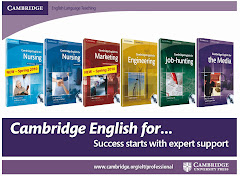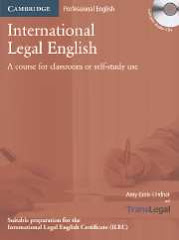I seem to spend a lot of time moaning about teaching, dreaming of the day when I can give it all up. Last week I was feeling miserable because our new semester was about to start ...
But sometimes I have a great day and feel that I make a difference to people's lives. Sometimes. I've just had a good day, and I thought it's worth sharing.
My first class tonight was a group of 10 pre-int adults. They really are seriously low level, so I have to work hard to keep everything graded and tight ... but I love it. It's real learning and real teaching. They know things today that they didn't know a few hours ago ... they can do things they couldn't do before.
My second class was legal English. The 10 students seem to come from every field of law there is, and between them they know the whole system. Between them - and that's the point. So the lessons are all about sharing that wealth of knowledge and experience around the classroom. It's wonderful. And as I mentioned in this posting last week, I'm also feeling much more comfortable than ever before teaching legal English, more confident that I know what I'm talking about and that I can add value. Very satisfying.
So ... yeah ... teaching's OK.
PS Don't worry. I'll be grumpy again soon.
New articles for ESL learners page
1 month ago










